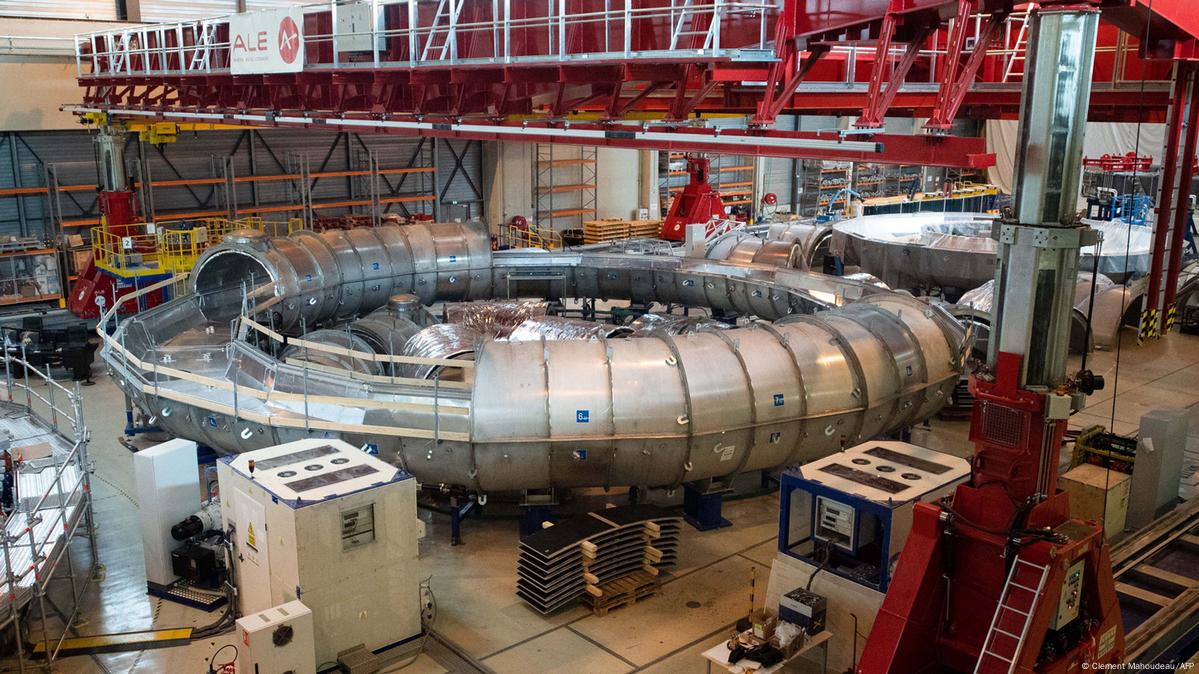Proxima Fusion, a Munich-based company and the first spin-off from the prestigious Max Planck Institute for Plasma Physics (IPP), has secured $21.7 million in seed funding. This influx of capital will propel the company’s development of a novel approach to nuclear fusion energy, utilizing a device known as a stellarator.
Nuclear fusion, the process that powers stars, promises a near-limitless source of clean energy. By replicating the reactions that occur within the sun on Earth, scientists hope to generate vast amounts of power without the harmful byproducts associated with traditional fossil fuels or the safety concerns of nuclear fission.
Proxima Fusion differentiates itself by focusing on a specific type of fusion reactor – the stellarator. Unlike the more common tokamak design, which resembles a doughnut-shaped torus, stellarators employ a more intricate, twisted coil configuration. Proponents of stellarators argue that this design offers certain advantages, such as potentially achieving continuous plasma confinement, a crucial factor for sustained energy production.
Proxima Fusion’s approach centers on “quasi-isodynamic (QI) stellarators” that incorporate high-temperature superconductors. Superconductors offer significant benefits in terms of magnetic field strength, a critical element for confining the superheated plasma within the fusion reactor. However, traditional stellarator designs faced challenges in achieving the required field configurations with these advanced materials.
According to Dr. Francesco Sciortino, co-founder and CEO of Proxima Fusion, the company has devised solutions using a combination of innovative engineering and advanced computing techniques. This builds upon the extensive research conducted at the Max Planck IPP, which is home to the world’s largest stellarator, the Wendelstein 7-X experiment.
The newly secured funding will allow Proxima Fusion to advance its QI stellarator design and begin construction of its first-generation fusion reactor. The company leverages artificial intelligence (AI) to simulate plasma behavior within the reactor, significantly accelerating the development process and bringing the prospect of viable nuclear fusion closer to reality.
This investment underscores the growing momentum within the nuclear fusion industry. Venture capitalists are increasingly recognizing the potential of fusion energy and channeling resources towards innovative approaches like Proxima Fusion’s stellarator technology. With continued research and development, nuclear fusion has the potential to revolutionize the global energy landscape, offering a clean, sustainable, and virtually limitless source of power for generations to come.
____________________________________
This article first appeared on The WIRE and is brought to you by Hyphen Digital Network
(The content powered by our AI models is produced through sophisticated algorithms, and while we strive for accuracy, it may occasionally contain a few minor issues. We appreciate your understanding that AI-generated content is an evolving technology, and we encourage users to provide feedback if any discrepancies are identified. As this feature is currently in beta testing, your insights play a crucial role in enhancing the overall quality and reliability of our service. We thank you for your collaboration and understanding as we work towards delivering an increasingly refined and accurate user experience.)







